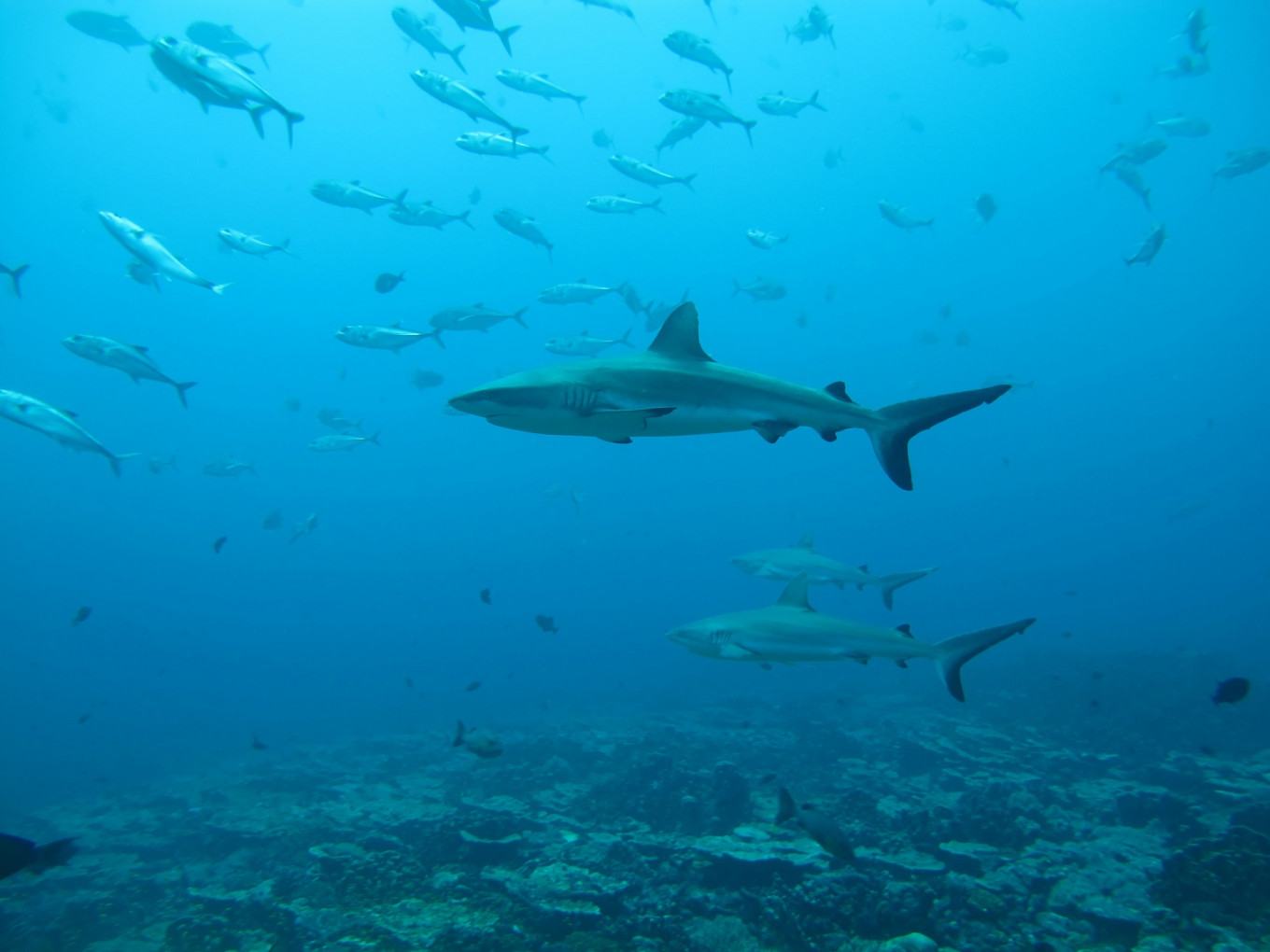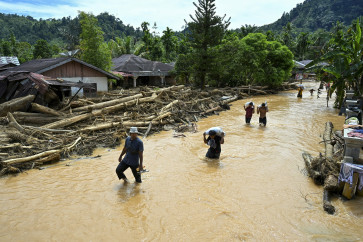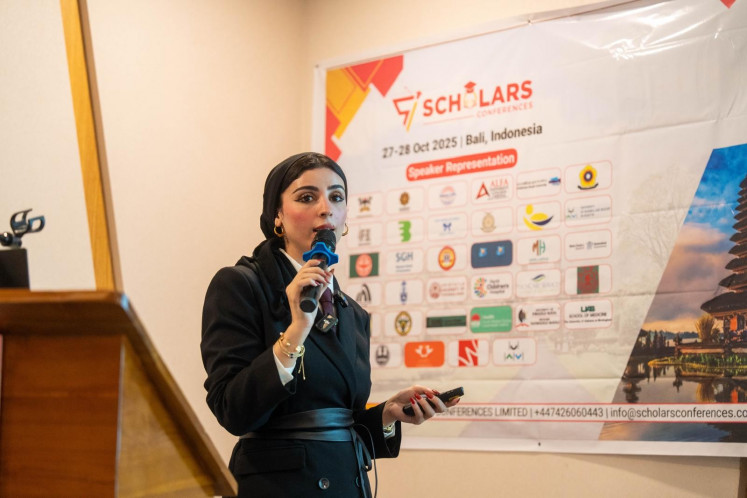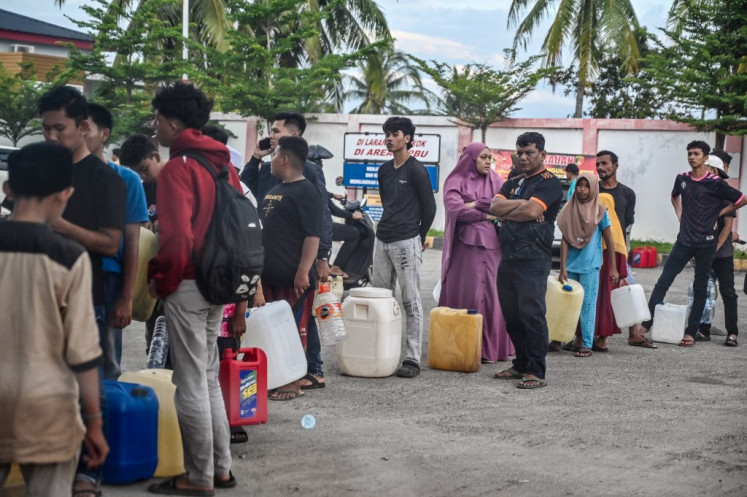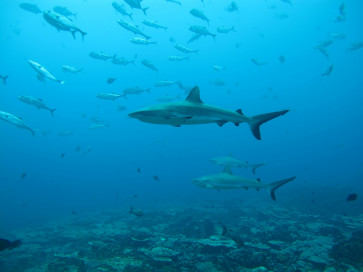Popular Reads
Top Results
Can't find what you're looking for?
View all search resultsPopular Reads
Top Results
Can't find what you're looking for?
View all search resultsWhy shark encounters are increasing along the US East Coast
Change text size
Gift Premium Articles
to Anyone
S
un lotion, insect repellant, and the Sharktivity app are this summer's must-have beach accessories along the US East Coast as human-shark encounters increase.
Ironically, conservation wins for vulnerable species might be behind the unfortunate uptick, say experts, while there might also be a link to climate as the apex predators' prey move to new waters.
Every summer, great whites move up the Atlantic coast of the United States, toward New England, their number peaking between August and October.
"There's a general increase in the population that we think is the population rebounding after being protected," Gregory Skomal, a senior fisheries scientist for the state of Massachusetts, told AFP.
Around 300 of the animals, the world's largest known fish, have been tagged over the years, with roughly a hundred or so passing through the waters around Cape Cod every year.
The iconic movie "Jaws" was shot in this region, and the creatures are a major tourism draw, adorning baseball caps and t-shirts. On the flipside, however, there have already been temporary beach closures this year after confirmed sightings close to shore.
A major part of the reason is their main prey, seals, are also rebounding thanks to increased protections.

